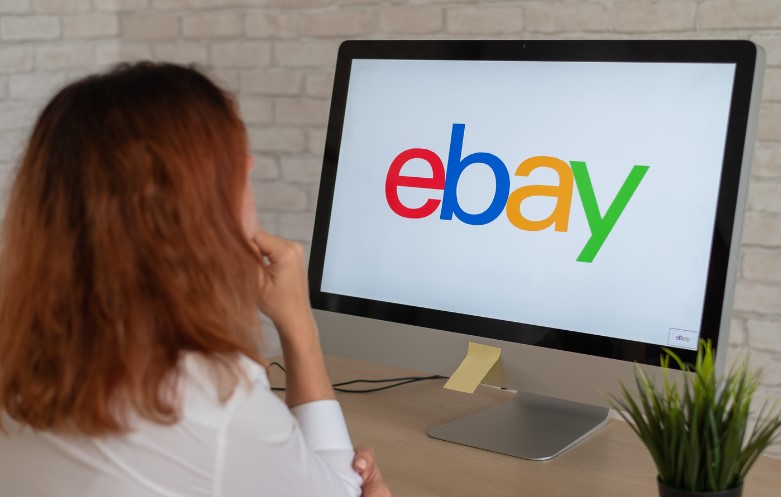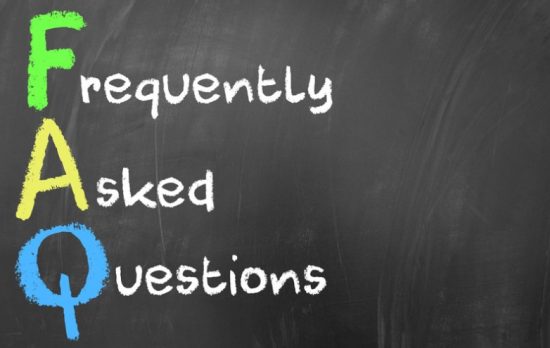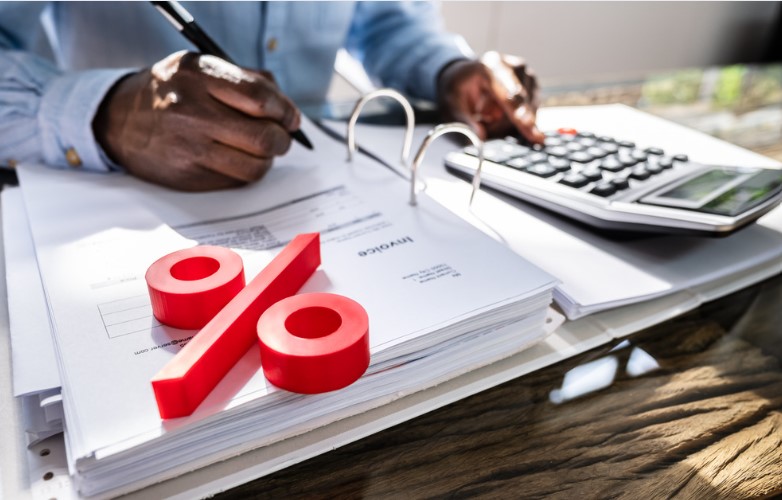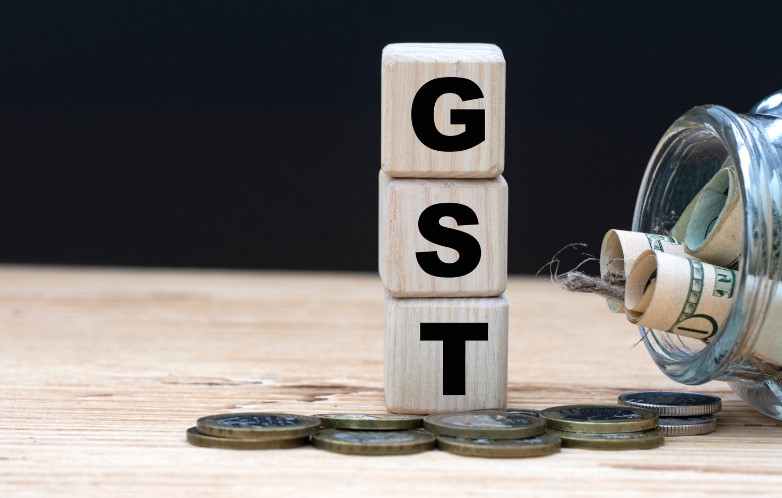Are you looking for a platform to sell your products and expand your business in Canada? Look no further than eBay! With over 182 million active buyers worldwide, eBay provides an unparalleled opportunity for entrepreneurs to reach a broad audience of potential customers. However, navigating the ins and outs of selling on this e-commerce giant can be overwhelming. That’s why we’ve put together the ultimate guide on how to sell on eBay in Canada. From setting up your seller account to optimizing your performance, we’ll cover everything you need to know to succeed as an eBay seller. So let’s dive in and get started!
What is eBay?

eBay is a global online marketplace that allows buyers and sellers to trade goods, services, and collectibles. Founded in 1995 by Pierre Omidyar, eBay has grown into one of the world’s largest e-commerce platforms with over 185 million active buyers worldwide.
What sets eBay apart from other marketplaces is its unique auction-style format. Sellers can list items for sale at a starting price and offer them up for bidding, allowing buyers to bid on items until the auction ends. Alternatively, sellers can also choose to sell their products at a fixed price through eBay’s “Buy It Now” feature.
With such a vast range of products available on eBay, it has become an ideal platform for small business owners and entrepreneurs looking to expand their reach beyond local markets. From rare collectibles to everyday household items, there’s something for everyone on this massive online marketplace.
In addition to its auction-style format and wide range of products, eBay also offers various seller tools and resources designed to help sellers optimize their listings and maximize sales potential. So whether you’re just getting started or have been selling on eBay for years – there’s always room for growth!
How to Sell on eBay?
Setting up an eBay Seller Account
Setting up an eBay Seller account is the first step towards becoming a successful seller on this platform. The process is simple, but it requires some basic information that you need to provide.
- To start, head over to eBay’s website and click on “Register” at the top of the page. You will be asked to enter your details, such as name, email address, and phone number and create a password for your account.
- Once you have filled in your personal information, navigate to “Sell” from the homepage and select “List an item”. This will take you through a few more steps where you’ll set up payment methods including PayPal or credit card information for future transactions.
- After completing these initial steps, eBay requires sellers to verify their identity by linking their account with either a bank account or credit card. This verification ensures increased security for both buyers and sellers.
- The final step includes setting up payment preferences like shipping options (including free shipping) and return policy details among other things that can increase sales conversion rates.
Researching and Choosing the Right Products to Sell

When it comes to selling on eBay, researching and selecting the right products is key. It’s important to choose items that are in demand and have a high-profit potential. So how do you go about finding these products?
- First, consider your niche or area of expertise. If you’re knowledgeable about a particular product category or industry, start there. Look for popular items within that category and see if there are any gaps in the market that you can fill.
- Another approach is to use eBay itself as a research tool. Check out the “Trending” section on the homepage to see what items are currently hot sellers. You can also browse completed listings to get an idea of which products have consistently sold well in the past.
- Additionally, keep an eye on seasonal trends and upcoming holidays or events that may impact consumer buying habits. For example, if Halloween is approaching, consider stocking up on costumes and decorations.
- Once you’ve identified potential products, evaluate their profitability by factoring in their cost (including shipping) and expected selling price. Don’t forget to account for eBay fees as well.
- Taking time to research and choose the right products will set your eBay business up for success.
Creating Compelling Product Listings
Making engaging product listings is essential when selling on eBay. Your listing should not only accurately describe the item you’re selling but also make it sound desirable and attractive to potential buyers.
- Start by using clear and concise language that highlights the most important features of your product. Include high-quality photos from different angles as well as any relevant videos or demonstrations that showcase your item’s functionality.
- Remember to keep in mind what sets your product apart from similar items on eBay. Be sure to mention any unique features or benefits, such as free shipping or a limited edition design.
- To maximize visibility, use keywords in your title and description that are likely to be searched for by potential buyers. Don’t forget about optimizing for mobile devices too since many users shop on their phones.
- Be transparent about the condition of the item and include detailed information about its history and any flaws if there are any. This will help build trust with potential buyers and reduce the likelihood of returns or negative feedback down the line.
Managing Inventory and Shipping

Managing Inventory and Shipping on eBay is an essential aspect of running a successful online business. To begin with, it is crucial to keep track of your stock levels and ensure that you have enough inventory to meet demand. One way to do this is by using inventory management software that can help you monitor your stock levels in real-time.
- Regarding shipping, various options are available depending on the size and weight of your products. You may choose to handle shipping yourself or use third-party fulfillment services such as Amazon Fulfillment or ShipBob. When choosing a shipping method, it’s important to consider factors like cost, speed, tracking information, and carrier reliability.
- Another vital aspect of managing inventory and shipping is ensuring the timely delivery of orders. Customers expect their purchases to be promptly delivered without any issues or delays. Therefore, having a reliable system in place for order processing ensures smooth operations with minimal errors.
Managing inventory and shipping efficiently significantly provides excellent customer service while optimizing profits for your eBay business.
Maximizing Sales with Effective Pricing and Promotions
To maximize sales on eBay, it’s important to have a solid pricing strategy in place.
- One way to do this is by researching the competition and ensuring that your prices are competitive. However, it’s also important not to undervalue your products and sacrifice your profit margins.
- Another effective way to increase sales is by offering promotions such as free shipping or BOGO (buy one get one) deals. This may persuade customers who aren’t sure whether to buy.
- eBay also offers various promotional tools for sellers, such as creating sale events or utilizing promoted listings which can help increase visibility and drive more traffic to your listings.
- It’s important to regularly evaluate and adjust your pricing strategy and promotions based on marketplace trends and buyer behaviour. Keeping an eye on analytics data can give valuable insights into what strategies are working best for you.
- Maximizing sales through effective pricing and promotions requires finding the right balance between competitiveness and profitability while taking advantage of promotional tools offered by eBay.
Providing Excellent Customer Service

Providing excellent customer service is a crucial aspect of selling on eBay. You may not see your customers face-to-face as an online seller, but their satisfaction with your products and services should always be your top priority.
- To provide excellent customer service on eBay, it’s essential to respond promptly to messages from buyers. If they have questions about your products or shipping policies, make sure to answer them in a friendly and professional manner.
- Another key element of good customer service is being transparent about product details and conditions. Make sure that your listings accurately describe the item’s features and any flaws or defects it may have.
- When shipping items, ensure they are packaged securely so they arrive at the buyer’s doorstep undamaged. You can also consider offering tracking information for peace of mind during transit.
- If a buyer has an issue with their purchase, handle it professionally by addressing their concerns and finding a solution that satisfies both parties. This will help build trust between you and the buyer, which can translate into repeat business or positive feedback.
- Providing excellent customer service on eBay requires attention to detail and consistent communication with buyers throughout the entire sales process.
Handling Returns and Resolving Issues
As a seller on eBay, you’ll inevitably encounter returns and issues with your buyers. However, handling them effectively can make all the difference in maintaining positive feedback and keeping your customers coming back for more.
It’s important to have a clear return policy outlined in your product listings. This will set expectations for buyers and minimize confusion or disagreements later on. Make sure to include details such as the timeframe for returns and any conditions that must be met.
If a buyer does initiate a return or raises an issue with their purchase, respond promptly and professionally. Listen to their concerns and try to find a resolution that works for both parties. Be open to offering refunds or exchanges if necessary. It’s also crucial to keep communication lines open throughout the process. Responding quickly to messages from buyers can help diffuse tensions and prevent negative feedback from being left out of frustration.
In cases involving fraudulent activity, eBay has systems in place for reporting such incidents. Stay vigilant and report any suspicious behaviour immediately. Handling returns and resolving issues may not always be easy but doing so with professionalism can lead to positive outcomes for both you as the seller and your buyer.
Optimizing Your eBay Seller Performance

Optimizing your eBay seller performance is crucial if you want to succeed on the platform. Here are some tips to help you improve your selling strategies and boost your sales.
- Make sure that you provide accurate and detailed product descriptions. This will help customers make informed purchasing decisions and reduce the likelihood of returns or negative feedback.
- Offer competitive pricing for your products by researching other sellers in your niche and adjusting prices accordingly. You can also run promotions to entice more buyers, such as free shipping or discounts on bulk purchases.
- Maintain high customer service by promptly responding to messages and resolving any issues that may arise during transactions. This will increase buyer trust and satisfaction, leading to positive feedback and repeat business.
- Fourthly, regularly review metrics such as conversion rates, average order value, and defect rates to identify areas for improvement. Use this information to refine your selling strategies for optimal performance.
By implementing these tips into your eBay selling practices, you can optimize your seller performance for increased success on the platform.
Promoting Your eBay Listings for Increased Visibility
Promoting your eBay listings is the key to increasing visibility and boosting sales. One of the most effective ways to promote your listings is through eBay’s Promoted Listings feature. This allows you to pay a fee to have your products appear at the top of search results and on other relevant pages.
- To get started with Promoted Listings, select which products you want to promote, set a budget for each product, and choose how much you’re willing to pay per click. It’s important to monitor these campaigns regularly so that you can adjust bids and budgets as needed.
- Another way to increase visibility is by optimizing your product titles and descriptions with keywords that shoppers are likely searching for. Use tools like Google Keyword Planner or Terapeak (eBay-owned) for keyword research assistance.
- In addition, take advantage of social media channels such as Facebook, Twitter, Instagram, etc., where you can showcase your products’ images and links to their eBay listings page.
- Don’t forget about cross-promotion opportunities within eBay itself – consider offering discounts or bundling deals when customers purchase multiple items from your store. Promoting your eBay listings requires strategic planning but yields rewarding results in terms of increased traffic and conversions!
Tips for Successful Selling on eBay

When it comes to selling on eBay, a few tips can help you stand out from the competition and increase your sales.
- First, make sure your product listings have high-quality photos and detailed descriptions that accurately represent the item. This will give buyers confidence in what they’re purchasing.
- Another important aspect of successful selling on eBay is pricing. Research similar items to yours and price competitively, but don’t undervalue your products. You should also consider offering promotions or discounts to incentivize buyers.
- Customer service is key to building a strong reputation as an eBay seller. Respond promptly to any questions or concerns from potential buyers, and ensure timely shipping with tracking information provided.
- Pay attention to feedback from customers and use it constructively to improve your small business practices. Positive feedback can lead to repeat business and increased sales, while negative feedback can be a learning opportunity for improvement.
By following these tips, you can become a successful eBay seller with satisfied customers who keep coming back for more!
Conclusion
Selling on eBay can be profitable for anyone willing to put in the effort and time. Following the steps outlined in this guide, you can set up your seller account, research products effectively, create compelling listings, and manage inventory and shipping efficiently. Remember to prioritize customer service and handle returns professionally to maintain a positive reputation as an eBay seller.
With consistent efforts towards optimizing your performance metrics like feedback ratings, product visibility and sales numbers will continue to climb. And with effective promotion strategies like sponsored ads or social media marketing campaigns added into the mix, you’ll soon discover that selling on eBay is lucrative and rewarding!
FAQs 0n how to sell on eBay
1. Is it worth it to sell on eBay?
Yes, absolutely! When used properly, eBay may be a terrific side business. However, it also has completely avoidable limitations, and we’ll show you how to get around them very easily.
2. How much does eBay take from a sale?
Sellers on eBay often pay 10% of the item’s worth. The price varies depending on the sale’s value and product type.
3. How do you get your money from eBay?
You can request your available monies on the Payments page by selecting withdraw. You can select a dollar sum or request the entire pool of money at once. Requests cannot be made for processing or monies that are on hold. The money will then typically be made accessible to you by your bank within 1-3 business days.
4. How many items can you sell on eBay for free?
Every month, 250 listings with no insertion fees are sent to registered eBay.com users. This indicates that there are no insertion costs associated with these items. Once you’ve used up those listings, you’ll be charged insertion fees.
5. How long does it take to get paid by eBay?
The fund holds may be applicable if you are a first-time or returning seller: After tracking data you upload to eBay demonstrates delivery to the buyer, funds are typically released around 24 business hours later. If there is no tracking OR the total sale is $1,000 or more, the money is retained for 21 days.











